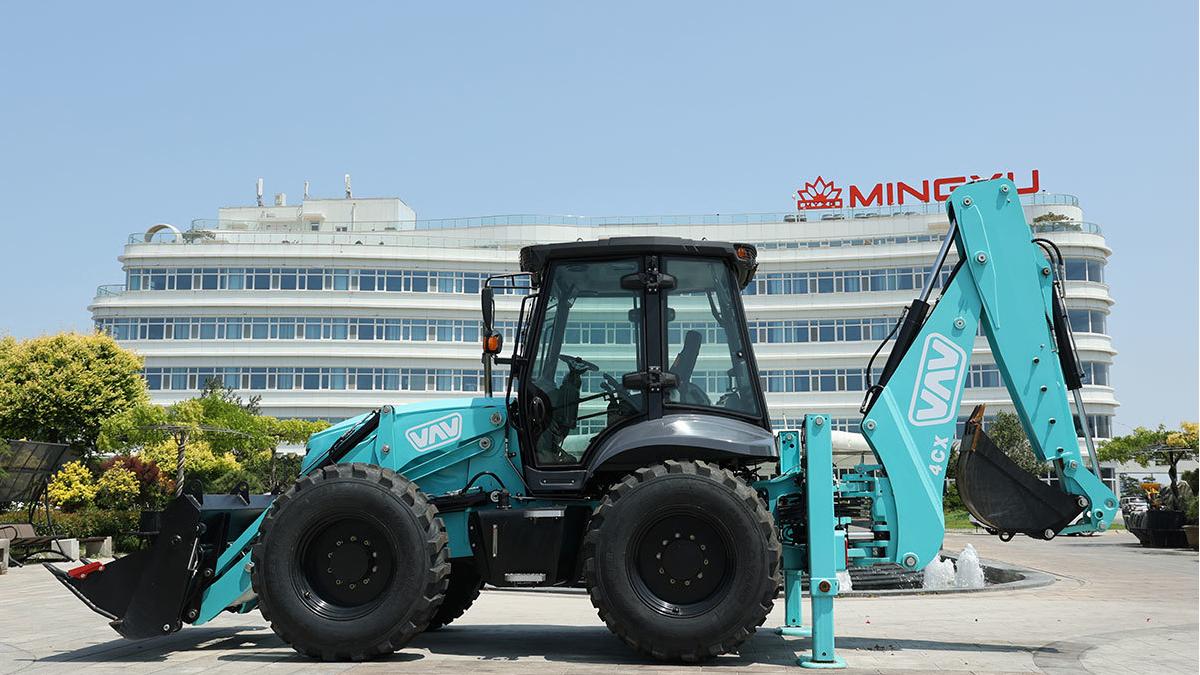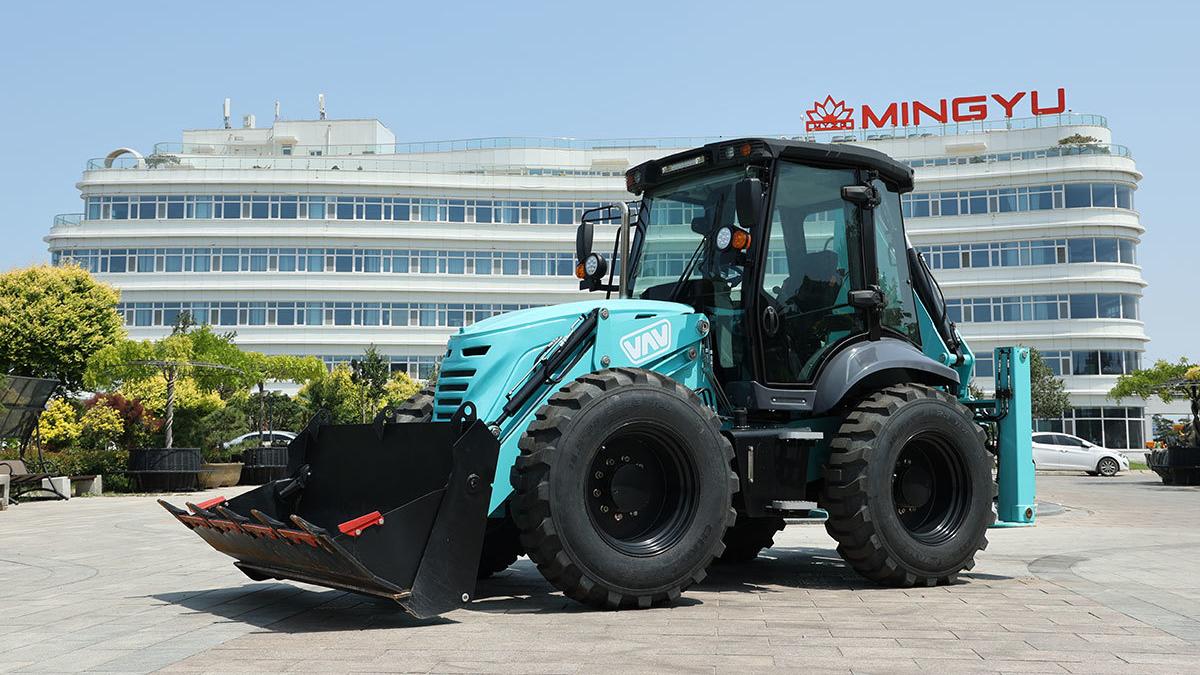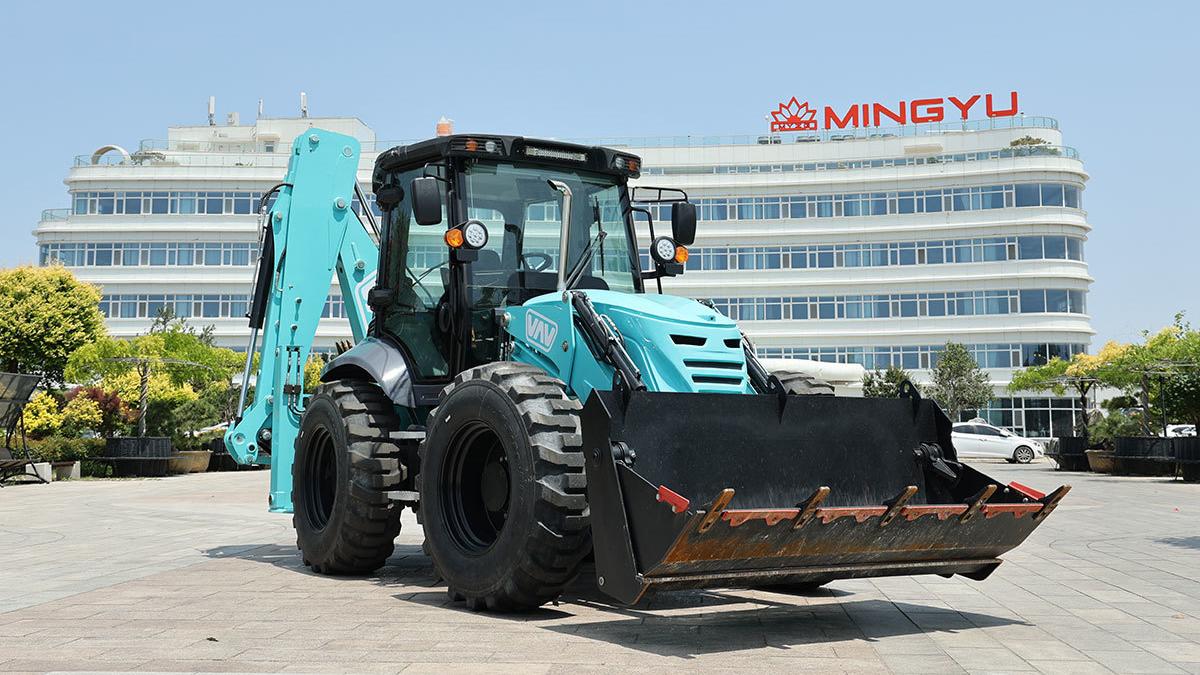How Often Do Backhoes Need Maintenance?
1. Introduction
Backhoes are versatile and powerful machines used in construction, agriculture, landscaping, and utility work. To keep them operating safely and efficiently, regular maintenance is not just recommended—it’s essential. Maintenance reduces downtime, extends the equipment’s life, and lowers long-term costs. In this article, we’ll explore how often backhoes need maintenance, what tasks are required, and how to keep them in peak condition.
2. Overview of Backhoe Loaders
A backhoe loader combines three key pieces of equipment: a front loader, a tractor body, and a rear excavator arm. This makes it ideal for a variety of tasks such as digging, trenching, backfilling, and material handling.
Main components include:
Engine and transmission
Hydraulic system
Loader bucket
Backhoe arm and boom
Tires or tracks
Operator’s cab and controls
Because of its complexity, the backhoe requires attention to multiple systems during maintenance.
3. Types of Maintenance Required
Daily Checks
Check engine oil, hydraulic fluid, and coolant levels.
Inspect for leaks, damage, or loose parts.
Clean the cab windows and check lights/signals.
Grease all grease points as recommended.
Routine Maintenance
Oil and filter changes.
Fuel system inspection.
Air filter cleaning or replacement.
Tire inspection and inflation.
Preventive Maintenance (PM)
Scheduled inspections based on operating hours.
Replace worn parts before failure.
Keep records of service intervals.
Major Service Intervals
Full fluid flush and change.
Hydraulic system overhaul.
Engine performance testing or rebuilds.
4. Recommended Maintenance Schedule
|
Task |
Frequency |
|
Visual inspection and fluid levels |
Daily |
|
Greasing |
Daily or every 8 hours |
|
Engine oil and filter change |
Every 250 hours |
|
Hydraulic fluid inspection/change |
500–1000 hours |
|
Transmission and axle oil change |
1000 hours |
|
Full inspection and diagnostic |
Annually |
These intervals may vary slightly based on the manufacturer’s manual, but they offer a reliable starting point.
5. Factors That Affect Maintenance Frequency
Several factors influence how often your backhoe needs maintenance:
Working conditions: Muddy, dusty, or wet environments increase wear.
Operating hours: Higher usage leads to faster wear on components.
Load type and terrain: Heavy loads and rocky ground strain the machine more.
Operator habits: Gentle, trained operators reduce maintenance needs.
Brand/model: Different manufacturers may have varying schedules.
6. Signs a Backhoe Needs Immediate Maintenance
Ignoring warning signs can lead to major breakdowns. Watch out for:
Unusual noises, knocking, or rattling.
Hydraulic fluid leaks or overheating.
Difficulty steering or braking.
Engine misfires or black smoke.
Reduced digging or lifting power.
If any of these occur, stop operating the machine and perform diagnostics immediately.
7. Costs of Maintenance vs. Cost of Neglect
Preventive maintenance may seem expensive, but neglect is costlier.
Routine oil change: $100–$300
Full hydraulic repair: $2,000–$10,000
Engine overhaul: $5,000–$15,000
Unexpected downtime: Thousands in lost labor or project delays
Investing in maintenance protects your machine and your business.
8. Role of Technology in Modern Backhoe Maintenance
Modern backhoes are often equipped with telematics and sensors that monitor performance in real time.
Alerts for fluid levels and wear.
GPS and usage tracking.
Service log management.
Remote diagnostics via mobile apps.
This technology helps fleet managers schedule service efficiently and prevent breakdowns.
9. Maintenance Best Practices for Backhoe Owners
Follow the OEM service manual.
Train operators on daily inspections.
Use only manufacturer-recommended fluids and parts.
Partner with certified service providers.
Keep a detailed service log for warranty and resale value.
10. Conclusion
A well-maintained backhoe is safer, more productive, and more cost-effective in the long run. While maintenance intervals vary by usage, following a structured plan—daily checks, 250-hour oil changes, and major annual inspections—will ensure your machine stays in peak condition. Don’t wait for problems to occur. Be proactive and your backhoe will deliver many years of reliable service.
Post time:Jun.27.2025



